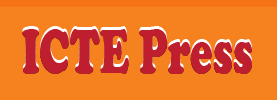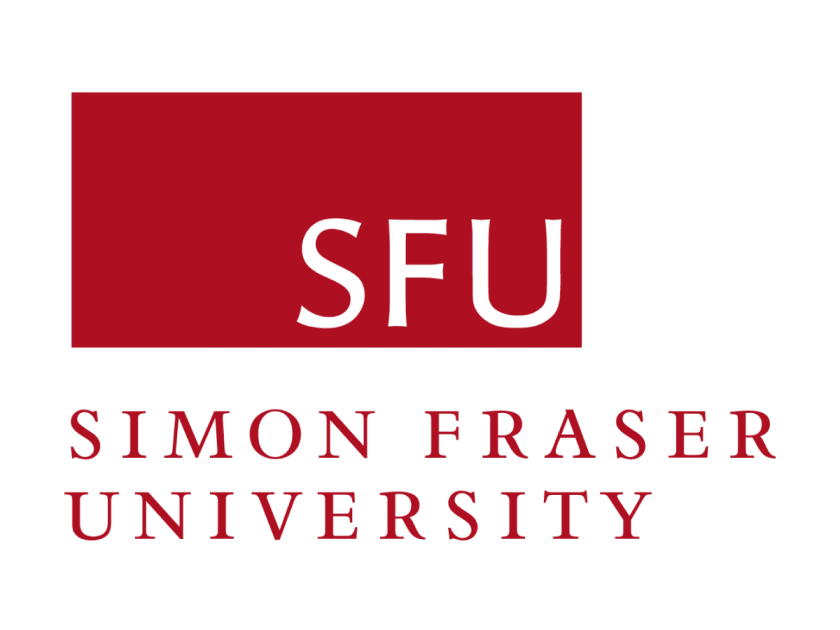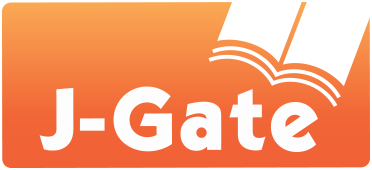Employing Dictogloss as a Cooperative Learning Approach to Enhance Language Acquisition among Non-English Majors at a Vietnamese University
DOI:
https://doi.org/10.54855/ijte.25532Keywords:
cooperative learning, dictogloss, second language acquisitionAbstract
This study was carried out to explore the effectiveness of implementing Dictogloss as a cooperative learning (CL) method in language acquisition. A mixed-method approach was employed, utilizing a survey questionnaire with 145 students, focus-group interviews with 15 students, and teacher diaries from 3 teachers. The results show that using Dictogloss as a cooperative learning strategy positively impacts students' perceived English language proficiency, motivation, and engagement. The research highlights the importance of comprehensively implementing Dictogloss as a teaching and learning method in the long term. Also, the study recommends incorporating Dictogloss into language curricula to provide substantial benefits for learners. This study hopefully contributes to the language teaching and learning method within the context of higher education in Vietnam and suggests that such an approach could be beneficial for English learners to enhance their learning outcomes.References
Abdulrahman, A. (2023). Insights into Cultural, social, and psychological factors that influence foreign language learning. BATARA DIDI: English Language Journal, 2(2), 69-80. https://doi.org/10.56209/badi.v2i2.94
Ardiansyah, L. D. S. (2020). Improving students’ writing skill though the use of the Dictogloss technique “A Study at Nahdlatul Ulama University of NTB”. Jurnal Pendidik Indonesia. 1(2), 51–63. https://doi.org/10.47165/JPIN.V1I2.36
Aminatun, D., Muliyah, P., & Haryanti. (2021). The Effect of Dictogloss on Students’ Listening Achievement. Jurnal PAJAR (Pendidikan dan Pengajaran), 5(2), 262-269. DOI : http://dx.doi.org/10.33578/pjr.v5i2.8246
Barkley, E. F., Cross, K. P., & Major, C. H. (2012). Técnicas de aprendizaje colaborativo: Manual para el profesorado universitario (2nd ed.) [Collaborative learning techniques: Higher education manual for teachers]. Ministerio de Educación y Ciencia. https://www.torrossa.com/it/resources/an/5391693
Çeğin, S., & Kara, N. (2024). Exploring Age-Related Factors in Foreign Language Acquisition: Views from Language Specialists. Journal of Educational Philosophy and Sociology, 5(2), 168-184. https://doi.org/10.29329/jeps.2024.1105.5
Gillies, R. (2014). Developments in cooperative learning: Review of research [Desarrollos en aprendizaje cooperativo: revisión de la investigación]. International Journal of Educational Psychology, 3(4), 792-801. https://doi.org/10.6018/analesps.30.3.201191
Gillies, R. (2016). Cooperative learning: Review of research and practice. Australian Journal of Teacher Education, 41(3), 39-54. https://doi.org/10.14221/ajte.2016v41n3.3
Hoang, V. Q. (2021). The differences of individual learners in second language acquisition. International Journal of TESOL & Education, 1(1), 38-46. https://i-jte.org/index.php/journal/article/view/6/5
Jacobs, G., & Small, J. (2003). Combing Dictogloss and Cooperative Learning to Promote Language Learning. The Reading Matrix, 3(1), 1-15. https://readingmatrix.com/articles/jacobs_small/article.pdf
Johnson, D. W., & Johnson, F. (2017). Cooperative learning. Innovación Educación: 1 Congreso Internacional. https://2017.congresoinnovacion.educa.aragon.es/documents/48/David_Johnson.pdf
Jose, J. (2022). Dictogloss for English language teaching: An experimental lesson and reflections. International Journal of Linguistics, 14(1), 73-85. https://doi.org/10.5296/ijl.v14i1.19605
Kurtaj, S. (2021). The use of Dictogloss technique in teaching grammar through writing. European Journal of Language and Literature Studies, 7(2), 85-91. https://doi.org/10.26417/693gkc38m
Le, V. C. (1999). Language and Vietnamese pedagogical contexts. Paper presented at the Fourth International Conference on Language and Development, Ha Noi. 3. http://www.languages.ait.ac.th/hanoi_proceedings/canh.htm
Liuhuizi, X., & Yasin, M. H. M. (2024). The role of psychological factors in the acquisition of Korean language by foreign learners. Journal of Digitainability, Realism & Mastery (DREAM), 3(05), 64-79. https://doi.org/10.56982/dream.v3i05.239
Namaziandost, E., Neisi, L., Kheryadi, & Nasri, M. (2019). Enhancing oral proficiency through cooperative learning among intermediate EFL learners: English learning motivation in focus. Cogent Education, 6(1), 1683933. https://doi.org/10.1080/2331186X.2019.1683933
Newman, E. (2012). Dare to Dictogloss! Teacher Talk blog on AzarGrammar.com. http://azargrammar.com/teacherTalk/blog/2012/01/dare-to-Dictogloss/
Ngo, T. M. H., & Le, D. H. (2020). Effects of Dictogloss on Non-English majored undergraduates' listening comprehension. VNU Journal of Foreign Studies, 36(3), 70-81. https://doi.org/10.25073/2525-2445/vnufs.4557
Nguyen, C., Trinh, T., Le, D., & Nguyen, T. (2021). Cooperative Learning in English Language Classrooms: Teachers' Perceptions and Actions. Anatolian Journal of Education, 6(2), 89-108. https://files.eric.ed.gov/fulltext/EJ1316111.pdf
Nguyen, H.T., Tran, D.T., Nguyen, H.M., Ngo, H.T.M, & Nguyen, H.T. (2022). Áp dụng mô hình học hợp tác của Spencer Kagan trong giảng dạy các học phần chuyên ngành tiếng Anh cho sinh viên chuyên ngữ. Tạp chí ngôn ngữ, 5, 56-66.
Nguyen, L. B. N., Nguyen, H. P. M. (2023). Vietnamese EFL Students’ Perception on Using Dictogloss in Listening and Note-taking Classes. Proceedings of the AsiaCALL International Conference, 4, 35-44, ISSN: 2833-6836; ISBN: 979-8-9870112-4-9. https://doi.org/10.54855/paic.2343
Pratista, G. Y. (2023). Presentation practice production vs task-based language teaching: A comparison of two teaching templates. EDUPEDIA, 7(1), 1-13. https://doi.org/10.24269/ed.v7i1.1726
Sarwat, S., Iftikhar, I., Sahito, J. K. M., & Shahzad, W. (2024). Impact of Student Engagement in Language Support Classes Through Cooperative Learning: A Study of Pakistani Educational Institutions. Research Journal for Societal Issues, 6(1), 199-210. https://doi.org/10.56976/rjsi.v6i1.192
Shak, J. (2006). Children using Dictogloss to focus on form. Reflections on English language teaching, 5(2), 47-62. https://www.nus.edu.sg/celc/wp-content/uploads/2022/11/47-61shak.pdf
Sun, Y. (2019). An analysis of the factors affecting second language acquisition and its implications for teaching and learning. Journal of Language Teaching and Research, 10(5), 1018-1022. http://dx.doi.org/10.17507/jltr.1005.14
Trinh, B.V. (2011), Dạy học hợp tác - một xu hướng mới của giáo dục thế kỉ XXI, Tạp chí Khoa học, Trường Đại học Sư phạm Thành phố Hồ Chí Minh, 25, 88- 93. https://doi.org/10.54607/hcmue.js.0.25.1176(2011)
Vasiljevic, Z. (2010). Dictogloss as an Interative Mathod of Teaching Listening Comprehension to L2 Learners. English Language Teaching, 3(1), 41-52. https://files.eric.ed.gov/fulltext/EJ1081435.pdf
Wajnryb, R. (1990). Grammar Dictation (Vol.3). Oxford University Press.
Wen, J. (2024). Study on the Application of Dictogloss in Senior High School English Listening Class. Frontiers in Science and Engineering, 4(7), 141–148. https://doi.org/10.54691/5d9tbh08
Wenning, C. J., & Vieyra, R. (2019). Cooperative Learning. Teaching High School Physics. http://doi.org/10.4135/9781412972017.n50
White, A. (2011). The Effectiveness of Repeating Dictogloss in Promoting New Vocabulary Noticing. English Teaching, 66(1), 65-90. https://doi.org/10.15858/engtea.66.1.201103.65
Downloads
Published
Issue
Section
License
Copyright (c) 2025 Ngo Thi Minh Hai

This work is licensed under a Creative Commons Attribution 4.0 International License.
The copyright of all articles published in the International Journal of TESOL & Education (ijte) remains with the Authors, i.e. Authors retain full ownership of their article. Permitted third-party reuse of the open access articles is defined by the applicable Creative Commons (CC) end-user license which is accepted by the Authors upon submission of their paper. All articles in the ijte are published under the CC BY-NC 4.0 license, meaning that end users can freely share an article (i.e. copy and redistribute the material in any medium or format) and adapt it (i.e. remix, transform and build upon the material) on the condition that proper attribution is given (i.e. appropriate credit, a link to the applicable license and an indication if any changes were made; all in such a way that does not suggest that the licensor endorses the user or the use) and the material is only used for non-commercial purposes.
Authors retain copyright and grant the journal the right of first publication with the work simultaneously licensed under a Creative Commons Attribution 4.0 International License that allows others to share the work with an acknowledgment of the work's authorship and initial publication in this journal.
Authors are able to enter into separate, additional contractual arrangements for the non-exclusive distribution of the journal's published version of the work (e.g., post it to an institutional repository, in a journal or publish it in a book), with an acknowledgment of its initial publication in this journal.











